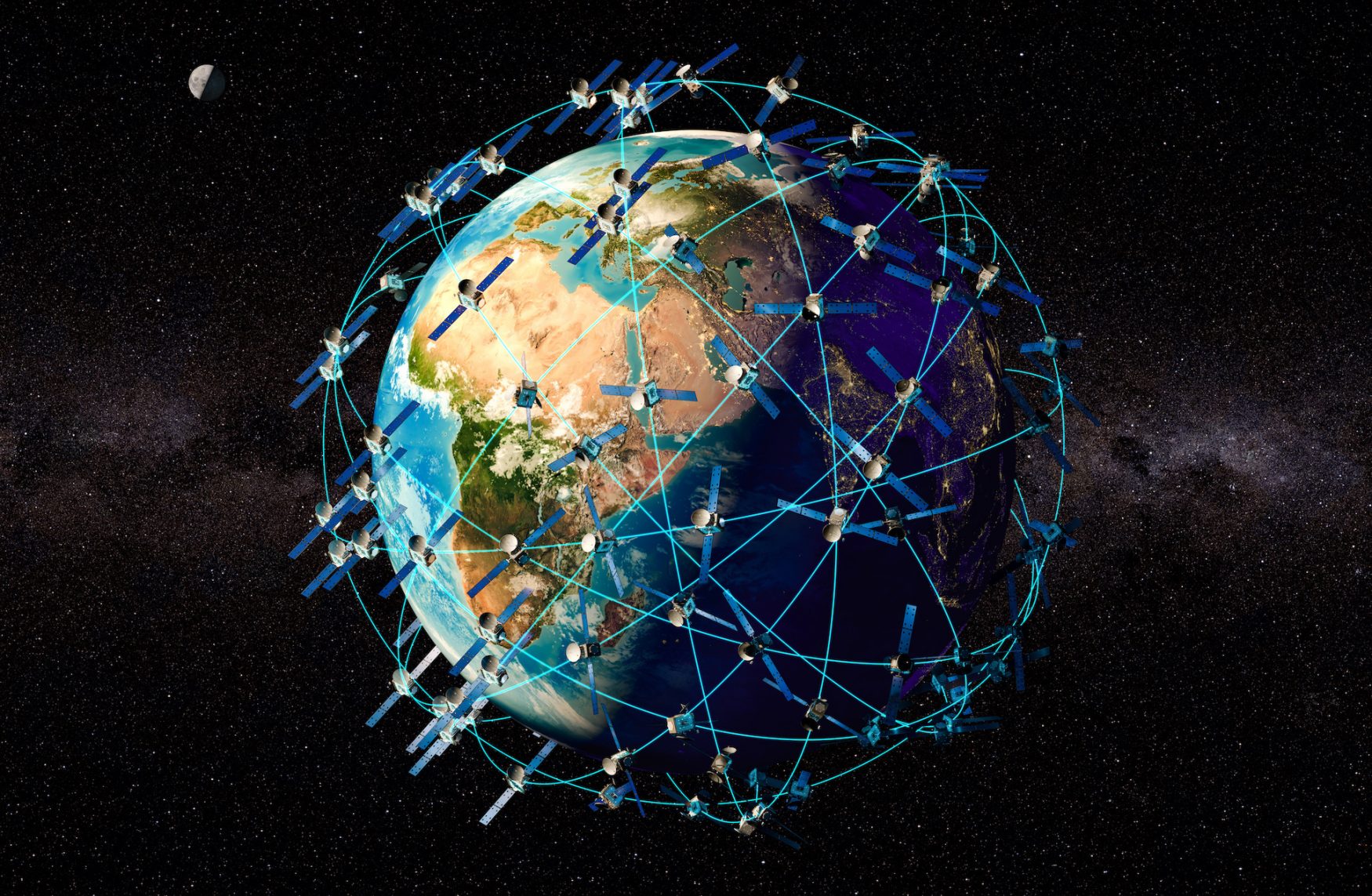


GCMD > Earth Science > Human Dimensions > Environmental Impacts > Fossil Fuel Burning GCMD > Earth Science > Human Dimensions > Environmental Impacts > Contaminants GCMD > Earth Science > Hydrosphere > Water Quality/Water Chemistry GCMD > Earth Science > Human Dimensions > Human Health GCMD > Earth Science > Human Dimensions > Environmental Impacts Note: While we identify the data sets used in these visualizations, we do not store any further details nor the data sets themselves on our site. View all stories where this data set is used The full image archive is available on the MODIS Rapid Response web site. In areas where sunlight reflects off the ocean's surface toward the satellite, oil-slicked water usually looks brighter than cleaner ocean water in the region.Images in the video time series were selected that show the spill most clearly. The oil slick only appears clearly in MODIS imagery when the sun is a a particular angle in relation to the satellite's position as it orbits over the Gulf. The oil slick appears a dull grayish-beige in the images and changes due in part to to changing weather, ocean currents, and the use of oil dispersing chemicals. This short video time series shows a satellite perspective of the spill through July 12, 2010, and updates the earlier NASA video time series released on May 27, 2010. The MODIS instrument, on board NASA's Terra and Aqua satellites, continues to capture imagery of the region. On April 20, 2010, the Deepwater Horizon oil rig exploded in the Gulf of Mexico, triggering the largest oil spill in U.S.


 0 kommentar(er)
0 kommentar(er)
